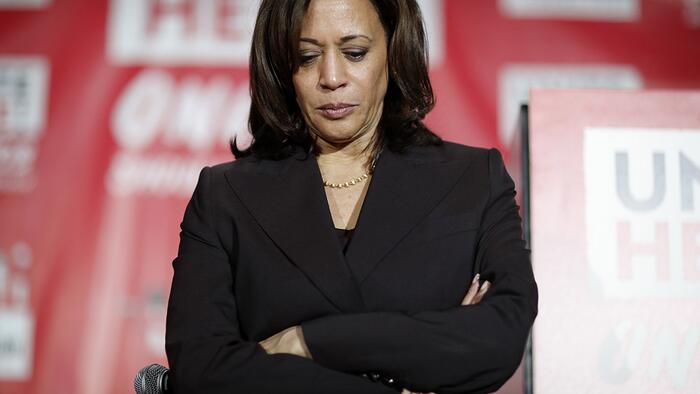In an analysis of the 2024 presidential race, Victor Davis Hanson draws parallels between the current election climate and the tumultuous 1980 Carter-Reagan contest. Despite polls showing President Biden and Vice President Harris maintaining support, recent indicators suggest a sense of impending crisis within the Harris campaign, reminiscent of Carter’s pre-election confidence that evaporated on Election Day. Democratic figures and pundits express growing concern over Harris’s viability as a candidate as crucial Senate races in traditionally blue states, such as Ohio and Michigan, show signs of tightening. Trump appears competitive in key swing states, raising worries for Democrats facing potential ballot irregularities that could tip the scales in his favor.
The increasing agitation within the Harris campaign is further evidenced by notable missteps and lack of coherence showcased during media appearances. The choice of Tim Walz, a beleaguered governor, to appear on Fox News following a poor debate performance raises questions about the campaign’s decision-making and strategic direction. As Biden, seemingly buoyed, begins to integrate Harris into discussions regarding their administration’s challenges, a shift in her public image is evident; she is now reluctantly engaging in more interviews, although her past reluctance suggests deeper issues with public perception and communication.
Hanson points out the disarray in Harris’s media engagements, particularly her recent interviews on major networks like CBS’s 60 Minutes, where she has presented muddled narratives and vagueness about her experience in office. The attempts by media outlets to amend the narrative surrounding her performances underscore an urgent need to salvage her public image, reflecting poorly on the media’s credibility as well. Additionally, former President Barack Obama’s recent return to campaigning raises further complications. His stature and effectiveness as a campaign trail presence appear diminished, as his attempts to connect with struggling demographic groups come off as tone-deaf amid economic and social crises.
The apparent disconnect of elite Democrats, including Obama, from the realities faced by average voters is highlighted as a risk. His elitist background and condescending commentary on the challenges currently affecting many, particularly among African American communities, suggest that traditional advocacy methods may need reevaluation. With a substantial personal fortune, Obama’s outreach efforts may not resonate deeply with voters grappling with unemployment, rising crime rates, and inflation. This top-down approach to winning over key demographics raises questions about the effectiveness and sincerity of such efforts.
The internal Democratic power dynamics and potential crisis has made observers speculate about upcoming changes in leadership, and how shifts in strategy may arise in response to Harris’s declining popularity. The possibility of a shift in the party’s direction, whether through a new running mate for Biden or a re-evaluation of campaign strategy altogether, looms large as the election draws closer. The narrative surrounding the Harris campaign has reached a point where dramatic shifts may no longer be sufficient to counteract the negative perceptions currently plaguing her candidacy.
As the countdown to Election Day continues, Hanson warns that if current trends persist, the outcome could mirror the unforeseen waves of support experienced by Ronald Reagan in 1980. Ineffectual attempts to revive Harris’s campaign stand in stark contrast to the perceived momentum of Republican opposition. With the potential for significant upheaval in the Democratic political landscape, Hanson underscores that the situation is precarious and that any miscalculations could reverberate throughout the broader party structure. Ultimately, the next few weeks are critical, with stakes high for both Harris and the Democratic establishment as they navigate a landscape fraught with uncertainty and increasing voter skepticism.

